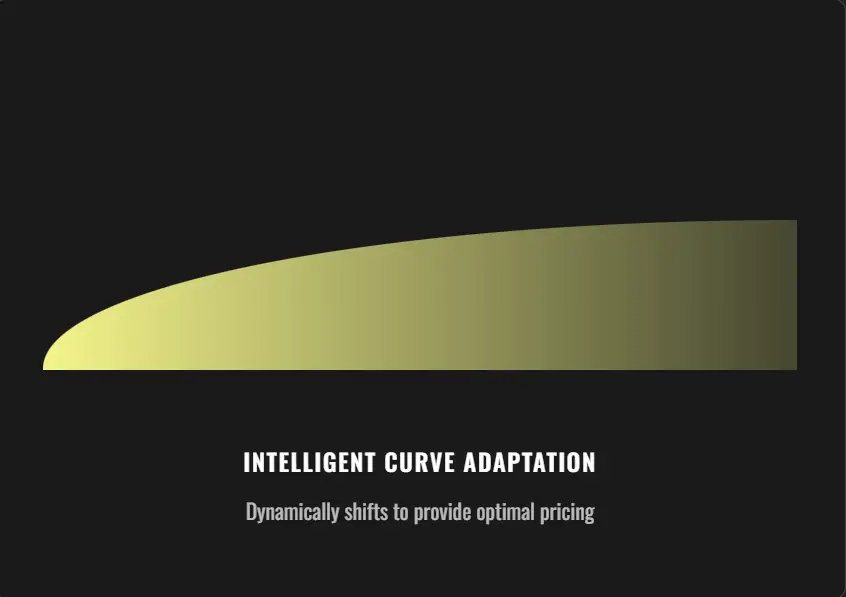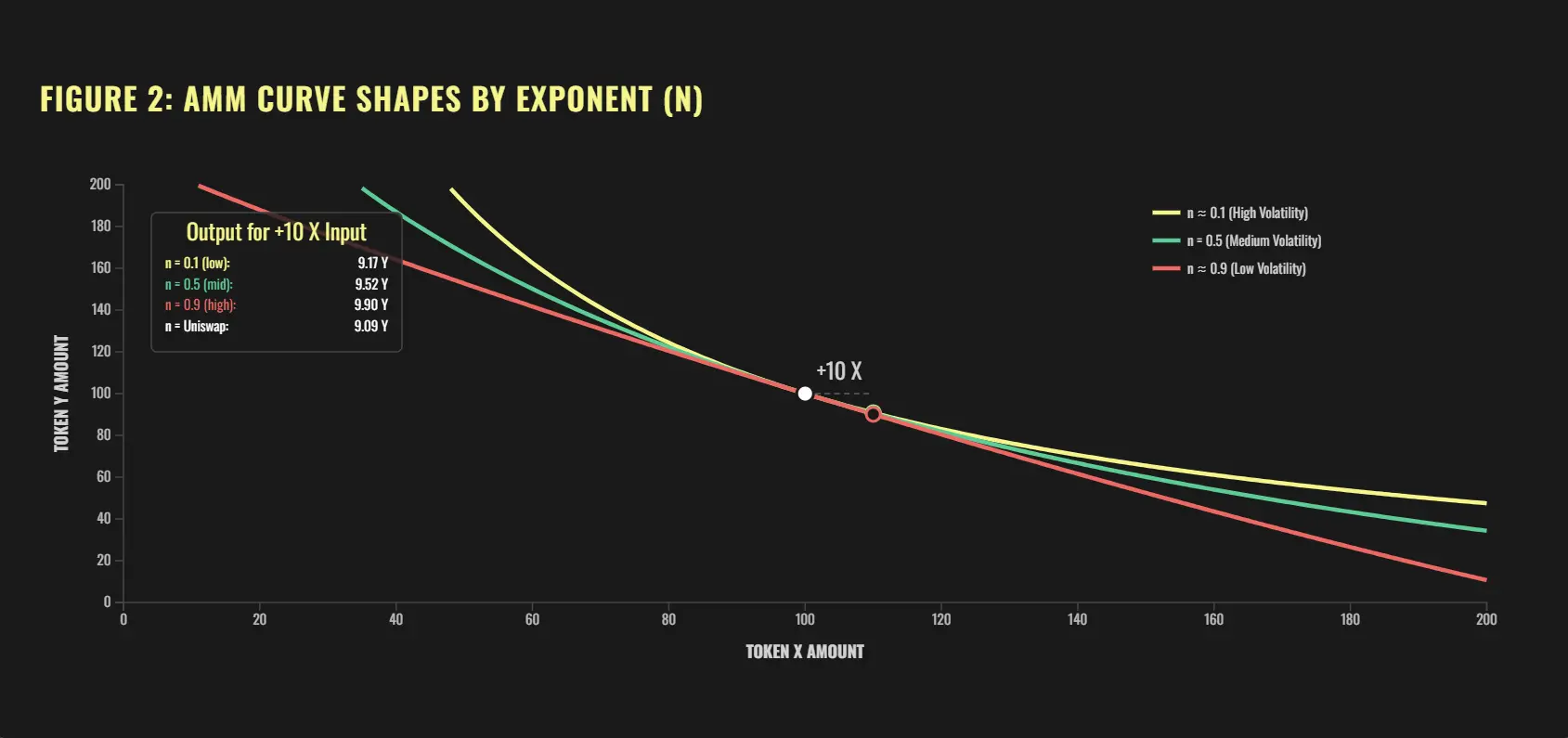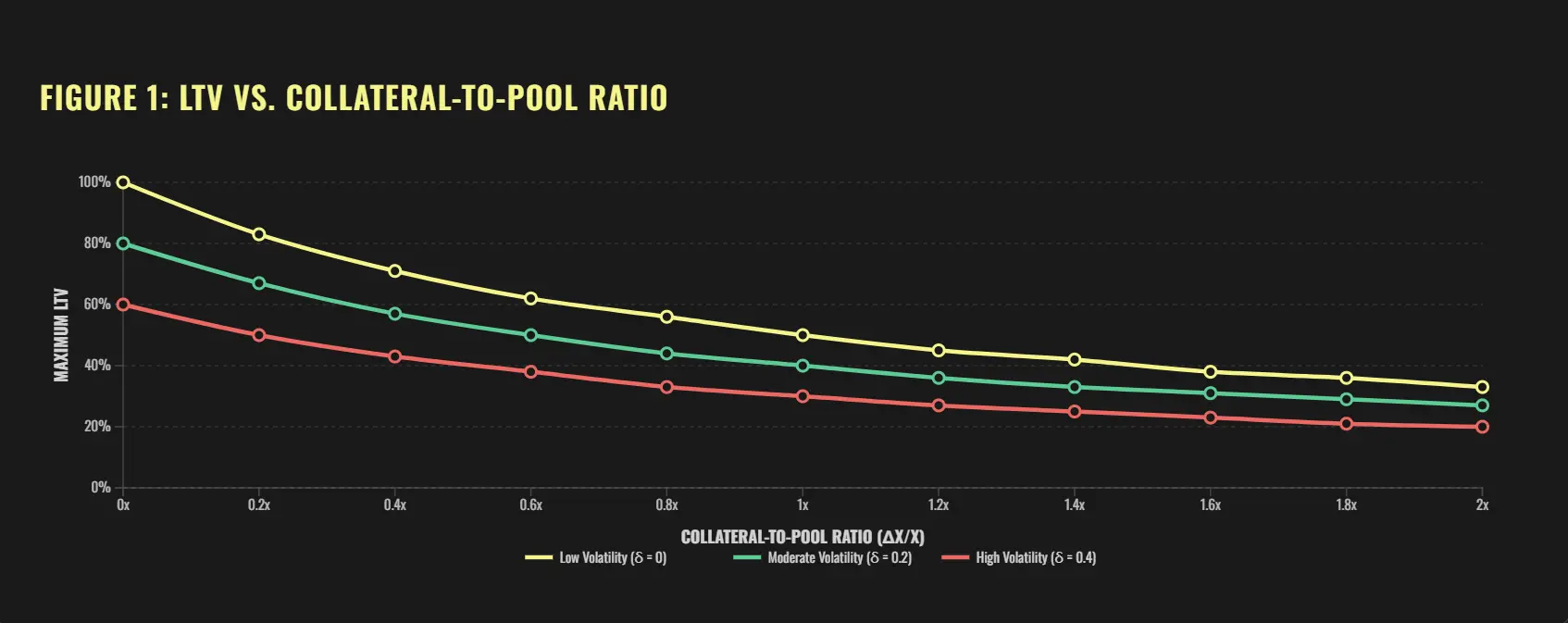Author: Scof, ChainCatcher
Editor: TB, ChainCatcher
On March 10, Andre Cronje, the founder of Sonic Labs, Yearn Finance, and Keep3rV1, modified his personal social media profile and added the title of "Founder of flyingtulip."

As a competitor of Hyperliquid, FlyingTulip has attracted much attention since its debut. It uses adaptive curve AMM to provide lower funding rates, better loan ratios and higher LP returns, and relies on SonicLabs to achieve higher TPS.
Andre Cronje: The "madman" and disruptor in the DeFi field
To introduce FlyingTulip, we have to introduce its legendary founder Andre Cronje.
Andre Cronje is a legendary figure in the DeFi circle. Once his name appears, it can quickly heat up the market sentiment. But unlike traditional programmers, Cronje originally studied law and graduated from the law department of Stellenbosch University in South Africa.
However, fate played a joke on him, allowing him to come into contact with computer science by chance. As a result, he taught himself and even became a lecturer. This leapfrog growth trajectory also laid the foundation for his future style in the DeFi field - unconventional, highly creative, and a bit crazy.
After entering the crypto world, Cronje quickly demonstrated his technical talent and extreme execution. His masterpiece, Yearn Finance (YFI), came out in 2020 and quickly became one of the most influential projects in the history of DeFi with the concept of fair launch (no pre-mining, no team allocation). Since then, he has led or participated in many well-known projects such as Keep3r Network, Solidly, and Fantom, igniting market sentiment time and time again.
Today, FlyingTulip has become his another bold attempt in the field of derivatives trading protocols. Facing this developer who is both a "genius" and a "madman", the market is still waiting for the answer: Can he once again set off a DeFi revolution?
What is FlyingTulip?
FlyingTulip is a DeFi integration platform based on automated market makers (AMMs), integrating trading, liquidity provision, lending and other functions. Its core feature is to eliminate liquidity fragmentation. Users can conduct spot trading, leveraged trading, perpetual contracts and other operations within the same AMM system without having to convert funds between multiple protocols. This one-stop liquidity solution improves capital utilization, makes the trading experience smoother, and reduces transaction costs.
In terms of lending functions, FlyingTulip adopts a dynamic LTV (loan-to-value ratio) model based on AMM. Compared with traditional DeFi lending protocols, it not only considers the collateral price, but also makes real-time adjustments based on market depth and volatility to ensure a balance between loan security and capital efficiency.

Adaptive Curve AMM: Making Liquidity Management Easier
Traditional AMM models, such as Uniswap V2, use a constant product formula of X * Y = k. Although this mechanism is simple, it causes liquidity to be evenly distributed across all price ranges, while in reality most transactions are concentrated in certain specific price ranges. As a result, liquidity is often not used efficiently. Uniswap V3 introduces centralized liquidity, allowing LPs (liquidity providers) to choose specific price ranges to provide funds, but this method requires a high level of financial knowledge, is more complicated for ordinary users, and LPs may face severe impermanent losses when prices fluctuate significantly.
FlyingTulip solves this problem through a dynamic AMM mechanism. It can automatically adjust the curve shape according to market volatility, allowing liquidity to intelligently match market demand:
- When the market is stable (low volatility), liquidity will automatically concentrate around the current price, similar to a "constant sum curve" in the form of X + Y = K. This can improve capital utilization and reduce transaction costs.
- When the market fluctuates violently (high volatility), liquidity will automatically disperse and approach the "constant product curve" of X * Y = K to adapt to possible large price changes and reduce losses caused by unilateral market fluctuations.
FlyingTulip relies on oracles to continuously monitor the market's real-time volatility (rVOL) and implied volatility (IV), and dynamically adjusts liquidity distribution based on these data. LPs do not need to manually set complex price ranges, they only need to deposit liquidity, and the system will automatically optimize the allocation, allowing them to obtain the best rate of return in different market conditions while significantly reducing impermanent loss.

This mechanism makes FlyingTulip a DeFi platform that is more friendly to ordinary users - even if you are not familiar with the LP mechanism, you can easily provide liquidity without worrying about complicated operations or potential losses.
AMM-based dynamic LTV model: a more flexible lending method
In traditional DeFi lending protocols, LTV (loan-to-value ratio) is a fixed value, usually set according to the risk level of the token. For example, if a token is considered to be of medium risk, users can only borrow up to 70% of the collateral value. However, this fixed LTV ignores two key factors:
- Market Depth - If the borrowed amount is too large, it may significantly affect the token price and cause a sharp drop in market liquidity.
- Real-time volatility - When the market fluctuates violently, fixed LTV may cause assets to quickly fall below the liquidation threshold, increasing liquidation risk.
FlyingTulip solves this problem through an adaptive AMM mechanism, creating a dynamic LTV model that can adjust the loan amount in real time according to market conditions. For example:
- When the market is stable (low volatility, sufficient liquidity): users can obtain a higher LTV, for example 80%, which means that by pledging $2,000 of ETH, they can borrow $1,600.
- When the market is turbulent (volatility increases): LTV will automatically drop to 50%, that is, the same $2,000 ETH can only borrow $1,000 to reduce liquidation risk.
- When the collateral is too large (accounting for too high a proportion of market liquidity): LTV may be further reduced, for example, to 45%, to ensure that large loans do not have too much impact on market prices.
This dynamic LTV adjustment makes lending more flexible. Users do not need to pay attention to market changes or adjust positions frequently. The system will automatically optimize the loan amount according to market conditions. This not only reduces the risk of large accounts causing market collapse, but also makes the entire DeFi ecosystem more stable and creates a safer environment for borrowers and liquidity providers.

Opportunities and risks coexist, is the market a carnival or a deep pit?
When the market began to discuss whether FlyingTulip would issue a coin, the discussion on X had intensified. Looking back at AC's past projects, almost all of them relied on token incentives and community promotion to rise rapidly, so it seems that it is only a matter of time before FlyingTulip launches "Tulip Coin" in the future. At present, various speculations about TGE are emerging in an endless stream, and information such as public offering prices and private offering discounts are constantly fermenting in the community.
However, AC projects have always been high-yield and high-risk. YFI soared to a thousand times after the fair launch, but EMN (Eminence Finance) was also wiped out due to a loophole. In the market frenzy, how to balance speculative impulse and risk management is a question that rational players need to think about.
In addition, AC continued his "mysterious marketing" style this time, not making explicit publicity, but letting the market stir by subtle actions. For example, he recently liked a tweet from Magpie Protocol (another related DEX project) on X, which immediately triggered various speculations. And KOLs in the Chinese community have also begun to pay attention to and discuss FlyingTulip, driving market sentiment.
The charm of DeFi lies in the coexistence of high risk and high return. In the past, AC has always brought new imagination to this field. But whether FlyingTulip can replicate the glory of YFI, perhaps only the market will give the answer.















